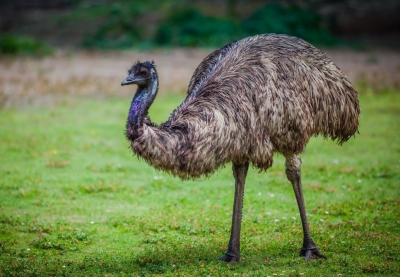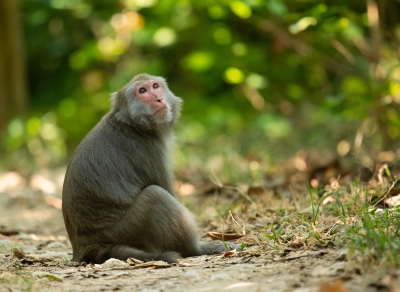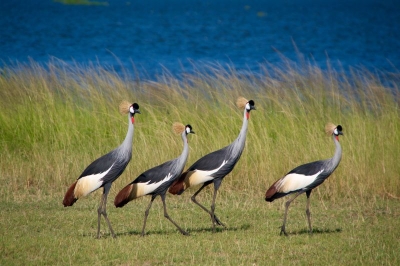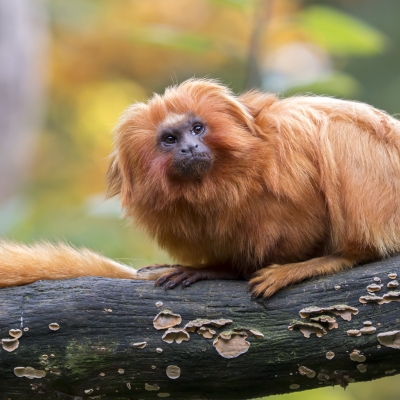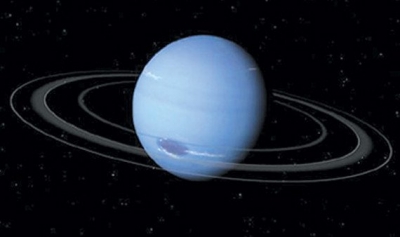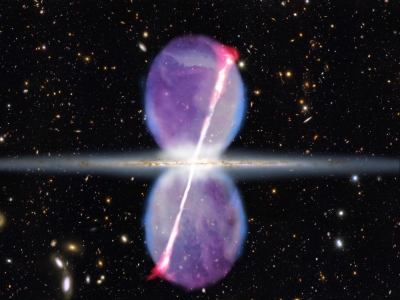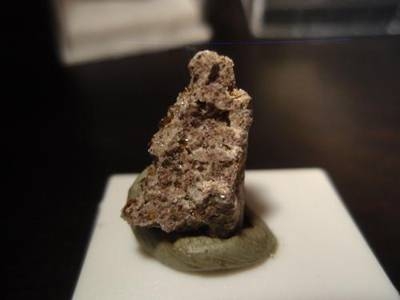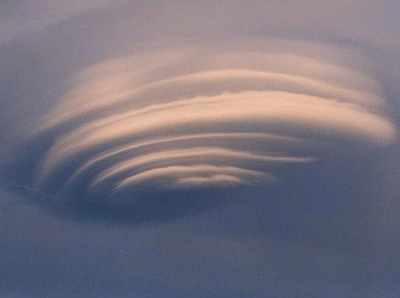Where is Sclater’s Monkey found?
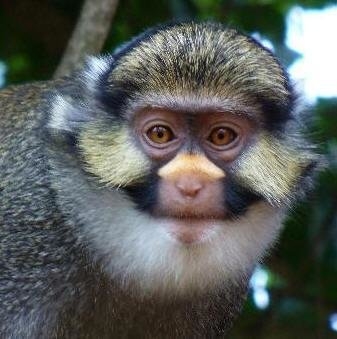
Sclater's guenon, Cercopithecus sclateri, is restricted to floodplain forests between the Niger river and the Cross river in southeast Nigeria. Eleven small populations have been confirmed to exist. Populations are known to exist in the states of Akwa Ibom, Enugu, Imo, Abia and Cross River State. The localities known for this species include Utuma, Stubbs creek, Akpugoeze, Osomari, Lagwa, Blue river, Enyong creek/Ikpa river.
Cercopithecus sclateri occurs in moist tropical forests and swampy floodplain forests. These are low elevation habitats along the coast of Nigeria. Although this species' natural habitat is probably secondary growth and primary forest, it seems to be surviving in some extremely degraded habitats. An important habitat for this species is Igbo villages and their sacred tree groves, which are mostly surrounded by non-native tree plantations and agricultural areas. In one town, Lagwa (Imo state), all the patches of forest which the monkeys formerly inhabited have been cut down, leaving the animals to inhabit villages, where they steal food from gardens and farms.
Sclater's guenon, like all guenons, is a very colorful monkey with a complicated facial pattern. The body is overall a dusky gray color with some greenish tinge on the back. The tail is very long (about one-half the total length) and is reddish colored on the ventral proximal part, gradually becoming white distally and ending in a black tip. The muzzle is brownish pink with a creamy white nose spot (above the nostrils on the bridge of the nose). The face is adorned with three major hair patches. The crown and cheek patches are yellow mixed with black. In addition, there is a large white throat patch extending almost to the ears. The ears have prominent white tufts. Finally, black temporal bars extend past the ears and meet at the back of the head.
Credit : Animal Diversity
Picture Credit : Google

